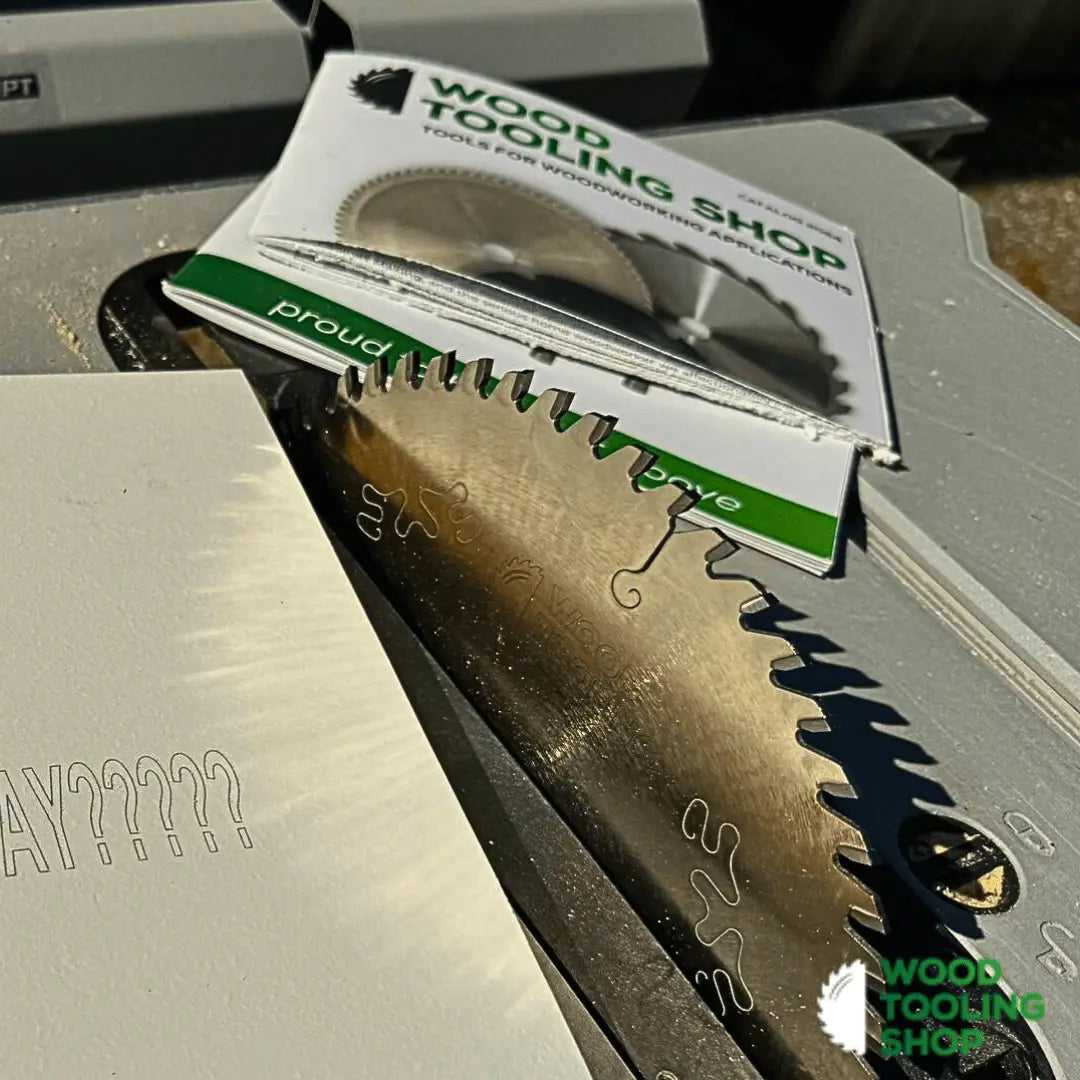
Safety tips for operating circular saws
Share
Protect yourself and your tools with our guide
Following essential safety practices can help ensure that you stay protected while maximizing the performance of your saw and blades. In this guide, we’ll cover practical safety tips for operating circular saws.
1. Wear proper safety gear
Before turning on your circular saw, ensure you have the right protective equipment to shield yourself from potential hazards.
Essential safety gear:
- Safety glasses or goggles: protect your eyes from flying debris.
- Hearing protection: the impact of the saw with the material can be noisy, so wear earplugs or noise-canceling earmuffs.
- Dust mask or respirator: prevent inhalation of sawdust, especially when cutting wood.
- Work gloves: wear snug-fitting gloves to protect your hands, but avoid loose material that could get caught in the saw.
- Steel-toe boots: protect your feet from falling objects and provide stability on slippery surfaces.
Pro Tip: avoid wearing jewelry, loose clothing, or anything that could be snagged by the saw.
2. Inspect your tools before use
A quick pre-use inspection can prevent malfunctions and ensure safe operation.
What to check:
- Blade condition: ensure the blade is sharp, clean, and free of damage, such as missing teeth or cracks.
- Saw housing: look for loose or damaged parts and ensure the guards are functioning properly.
- Power cord and battery: check for frayed wires or loose connections if using an electric or cordless saw.
Pro Tip: never operate a saw with a damaged blade or compromised safety features.

3. Secure your workspace
A stable and organized work area reduces the risk of accidents.
Workspace safety tips:
- Clear the area: remove clutter and ensure there’s enough space to maneuver the saw and material.
- Stabilize the workpiece: use clamps or a sturdy sawhorse to keep the material steady while cutting.
- Good lighting: ensure your workspace is well-lit to maintain cutting accuracy and visibility.
Pro Tip: work in a ventilated area to minimize dust accumulation and maintain air quality.
4. Use the right blade for the job
Using the correct blade ensures better performance and reduces wear on your tool.
Blade Selection Guidelines:
- Material-specific blades: use blades designed for the material you’re cutting (e.g., wood, metal, or plastic).
- Check compatibility: ensure the blade’s diameter and arbor size match your saw’s specifications.
Pro Tip: always install the blade with the teeth facing the correct direction, as indicated by the saw manufacturer.
5. Protect against kickback
Kickback is one of the most common hazards when using a circular saw. It occurs when the blade binds in the material, causing the saw to jerk back toward the operator.
How to prevent kickback:
- Keep the blade sharp: dull blades are more likely to bind.
- Maintain straight cuts: avoid twisting or forcing the saw during operation.
- Use a riving knife: if your saw has one, ensure it’s properly aligned to prevent the material from pinching the blade.
Pro Tip: always support both ends of the workpiece to prevent sagging, which can lead to binding.

6. Turn off and unplug when not in use
Power tools should always be turned off and disconnected from their power source when not actively in use.
Why it’s important:
- prevents accidental starts.
- reduces the risk of electrical issues.
- allows for safe blade changes and adjustments.
Pro Tip: for cordless saws, remove the battery pack when making adjustments.
7. Maintain your saw and blades
Regular maintenance ensures your tools remain in peak condition and operate safely.
Maintenance checklist:
- Clean after use: remove sawdust and debris from the blade and housing.
- Lubricate moving parts: apply lubricant to the blade guard and other components as recommended by the manufacturer.
- Inspect and replace blades: replace worn or damaged blades promptly.
Pro Tip: store your saw and blades in a dry location to prevent rust and corrosion.
Circular saws are powerful tools that require respect and careful handling. By following these safety tips, you can work confidently while protecting yourself and your investment. Always prioritize safety and never rush through a project.
Looking for high-quality circular blades? Explore our range of durable, precision-engineered blades and elevate your cutting performance. Contact us today to learn more!
